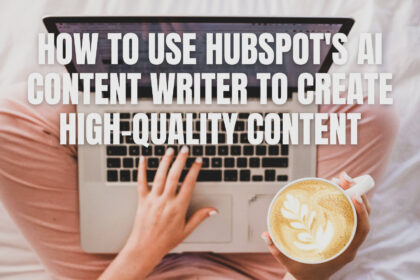Enhancing Content Structure for Search Engine Friendliness
Search engines rely heavily on the structure of your content when evaluating its relevance and ranking it in search results. A well-structured webpage makes it easier for search engines to understand the content and display it to users seeking relevant information. Bard can analyze your existing content and suggest improvements in structure, making it more search engine friendly.
1. Identifying Content Hierarchy with Google Bard
Bard can identify the hierarchy of your content, ensuring that headings and subheadings are used appropriately to divide the text into clear sections. This hierarchical structure helps search engines understand the main points of your content and how they are organized.
2. Using Headings Effectively
Headings serve as signposts for both users and search engines, indicating the main topics and subtopics of your content. Bard can help you use headings effectively by:
- Ensuring headings accurately reflect the content of the section below.
- Using appropriate heading levels (H1, H2, H3, etc.) to create a clear hierarchy.
- Keeping heading text concise and informative.
3. Optimizing Paragraph Length
Long, dense paragraphs can be intimidating for users and make it difficult for search engines to extract the key points. Bard can suggest breaking down long paragraphs into shorter, more manageable chunks. This improves readability and makes it easier for search engines to understand the content.
4. Utilizing Bullet Points and Lists
Bullet points and lists can effectively organize and present information in a scannable format. Bard can suggest using bullet points and lists to break down complex topics, highlight key points, and make the content more visually appealing.
5. Incorporating Internal Linking
Internal linking connects related content within your website, helping search engines understand the overall structure and relevance of your site. Bard can suggest relevant internal links to improve user navigation and enhance search engine crawlability.

Enhancing Content Readability for User Experience

Readability is a crucial factor in user experience. When content is easy to read and understand, users are more likely to stay engaged, read more, and take action. Bard can analyze your existing content and suggest improvements in clarity and readability, making it more user-friendly.
1. Using Simple Language
Technical jargon and overly complex language can alienate users. Bard can suggest replacing complex terms with simpler alternatives, making the content more accessible to a wider audience.
2. Varying Sentence Structure
A mix of sentence lengths and structures improves the flow of the text and keeps users engaged. Bard can identify areas where sentence structure can be varied to create a more engaging and readable experience.
3. Using Transition Words
Transition words help connect ideas and guide the reader through the text. Bard can suggest using appropriate transition words to improve the coherence and flow of your content.
4. Activating Voice
Active voice is generally more concise and engaging than passive voice. Bard can identify instances where passive voice can be replaced with active voice to enhance readability and clarity.
5. Using Visuals and Multimedia
Visuals like images, infographics, and videos can break up text, enhance understanding, and make the content more engaging. Bard can suggest incorporating relevant visuals to complement the written content.
6. Proofreading and Editing
Grammatical errors, typos, and inconsistencies can detract from user experience and negatively impact search engine rankings. Bard can help you proofread and edit your content to ensure it is error-free and polished.
To conclude, Bard will help you to improve content structure and readability, you can create content that is both search engine friendly and user-friendly. This will lead to better search engine rankings, increased user engagement, and improved overall website performance.















